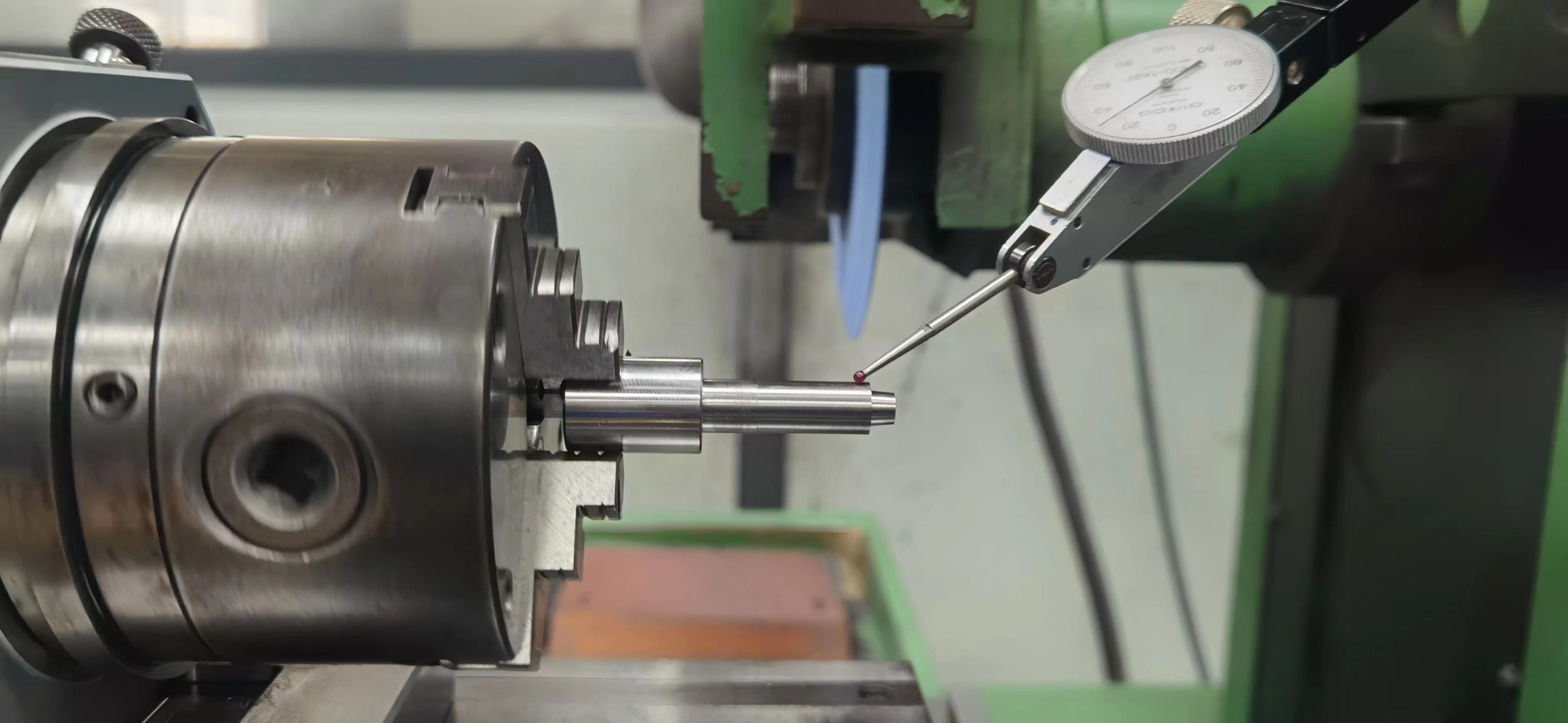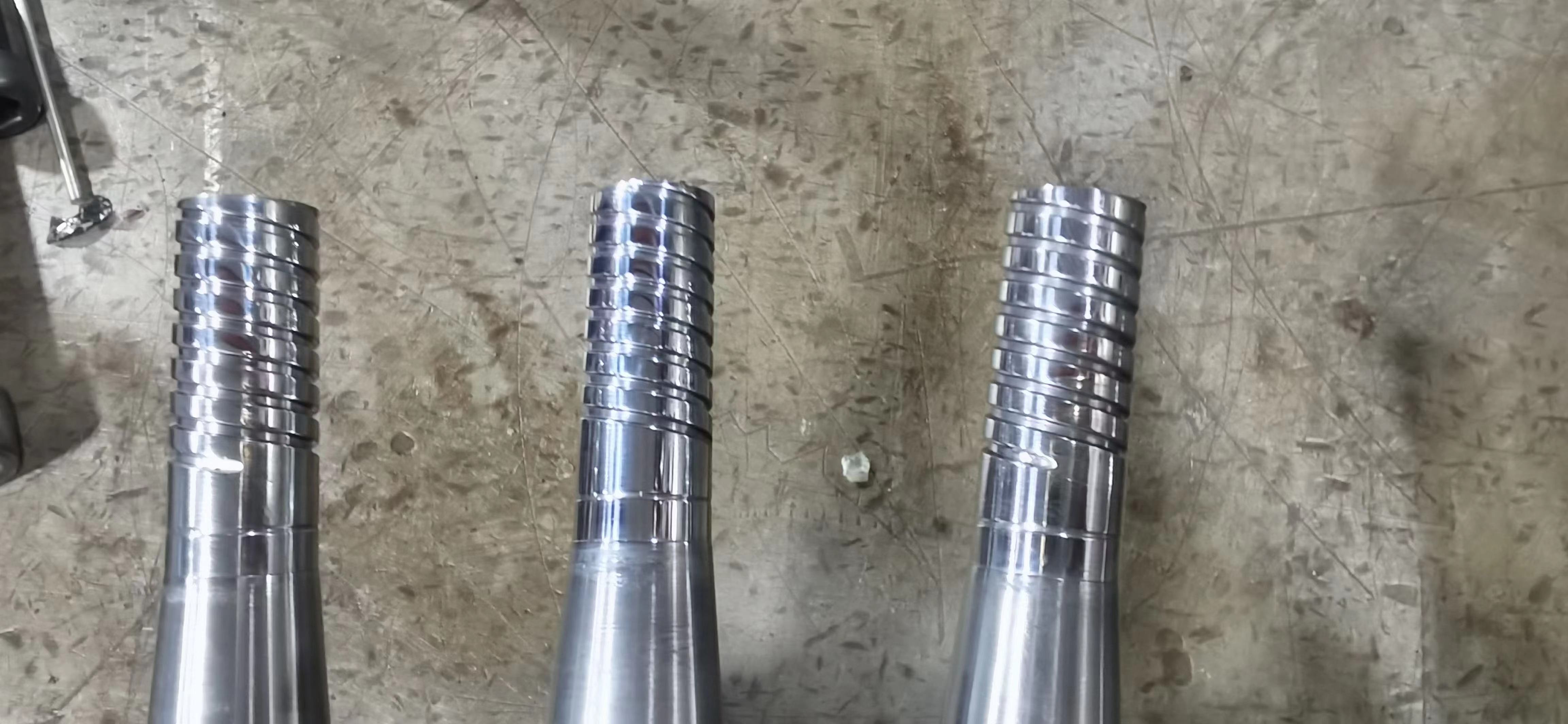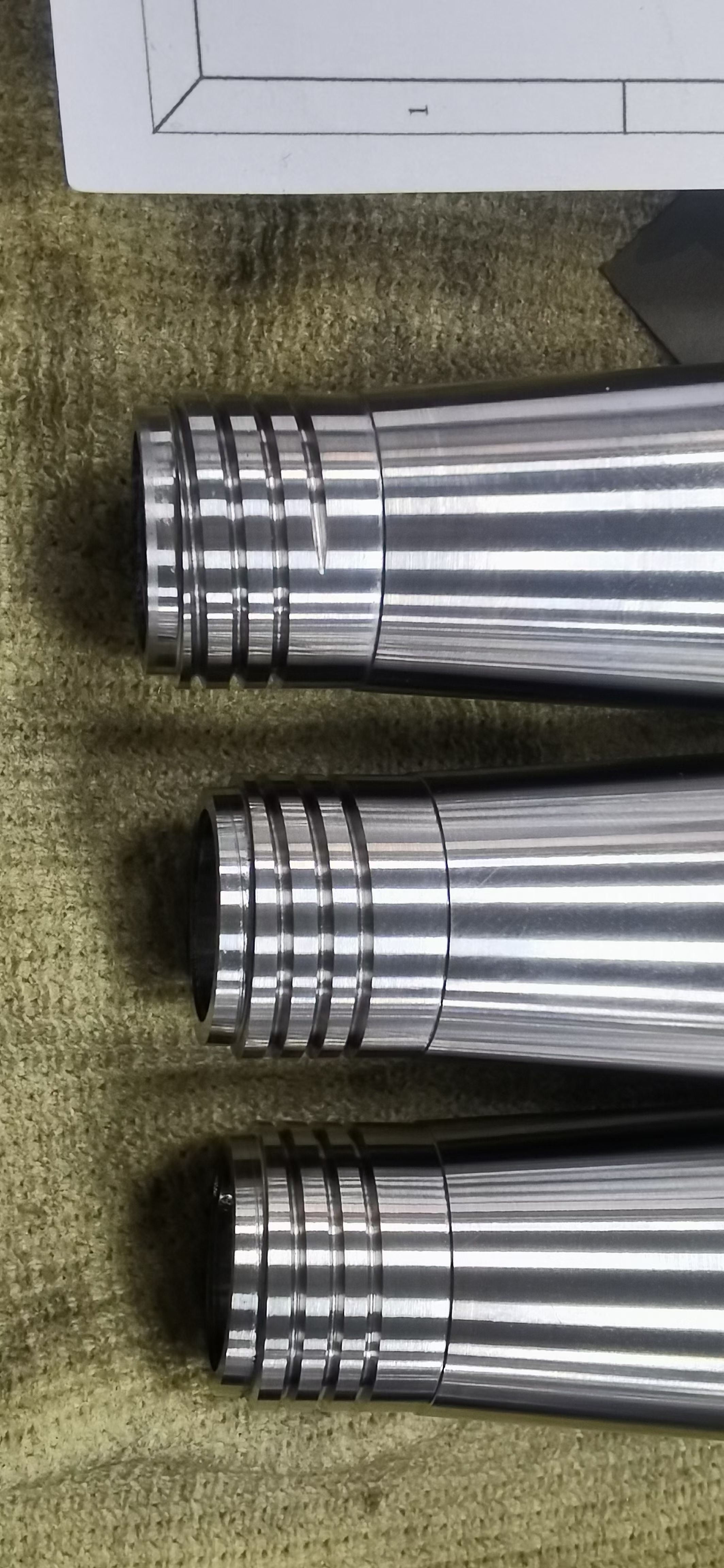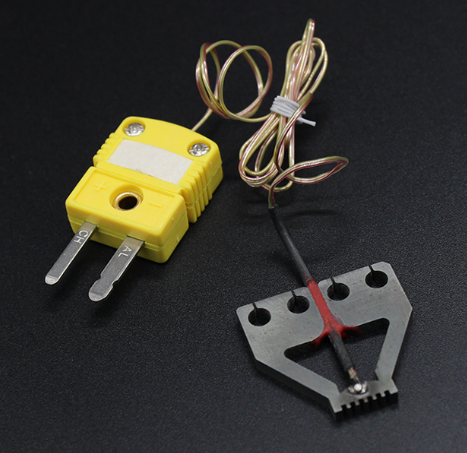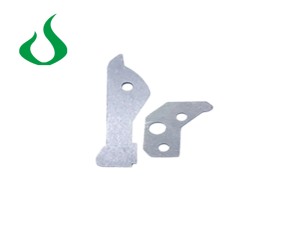MENU

 LNG
LNG
Thread is one of the common geometric features in mechanical processes and is widely used. It refers to a spiral shaped, continuous protrusion with a specific cross-section made on the surface of a cylindrical or conical parent body. There are many processing techniques for threads, such as rolling and rolling based on plastic deformation, turning, milling, tapping and threading based on cutting, thread grinding, and thread grinding.
Threads are divided into cylindrical threads and conical threads according to their parent shape; According to its position in the parent body, it is divided into external threads and internal threads, and according to its cross-sectional shape (tooth shape), it is divided into triangular threads, rectangular threads, trapezoidal threads, serrated threads, and other special shaped threads.
In mechanical processing, threads are cut on a cylindrical shaft (or inner hole surface) using a tool or grinding wheel. At this point, the workpiece rotates and the tool moves a certain distance along the axis of the workpiece. The marks cut by the tool on the workpiece are threads. The thread formed on the surface of the outer circle is called an external thread. The threads formed on the surface of the inner hole are called internal threads. The foundation of a thread is the helix on the surface of a circular axis. Usually, if the cross-section of the thread is a triangle, it is called a triangular thread; A trapezoidal cross-section is called a trapezoidal thread; A serrated cross-section is called a serrated thread; The section with a circular arc shape is called a circular arc thread.
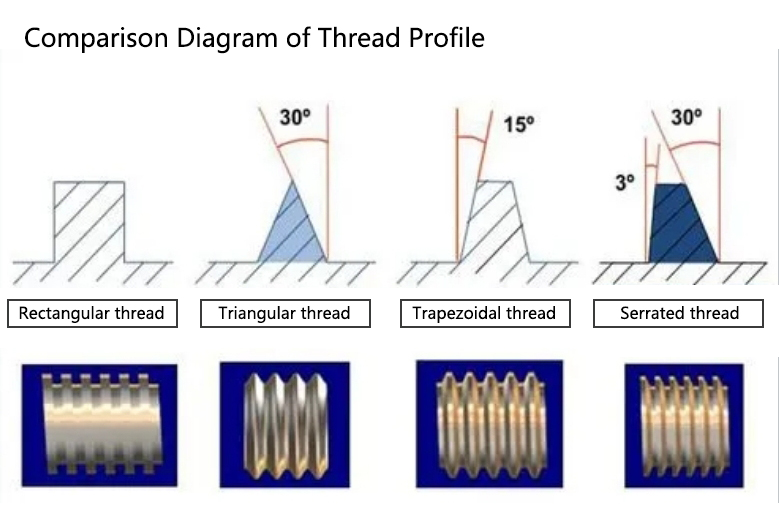
Triangle threads are mainly used for connections, while rectangular, trapezoidal, and serrated threads are mainly used for transmission; According to the direction of the helix, it is divided into left-hand thread and right-hand thread, generally using right-hand thread; Divided into single thread, double thread, and multi thread according to the number of spiral threads; The connection is mostly single wire, while the transmission is double or multi wire; According to the size of the teeth, they can be divided into coarse thread and fine thread, etc. According to different usage occasions and functions, they can be divided into fastening thread, pipe thread, transmission thread, special thread, etc.
Among cylindrical threads, triangular threads have good self-locking performance. It is divided into two types: coarse thread and fine thread, and generally, coarse thread is used for connection. Fine teeth have small pitch, small lift angle, and better self-locking performance. They are commonly used in thin-walled pipes with small parts, such as vibration or variable load connections and fine adjustment devices. Pipe threads are used for tight connection of pipe fittings. Rectangular threads have high efficiency, but they are often replaced by trapezoidal threads due to their difficulty in grinding and difficulty in centering the internal and external threads. The working edge of serrated thread teeth is close to the rectangular straight edge and is often used to withstand unidirectional axial forces.
Pls contact with me if you need more details by email aria.diao@soucua.com.
